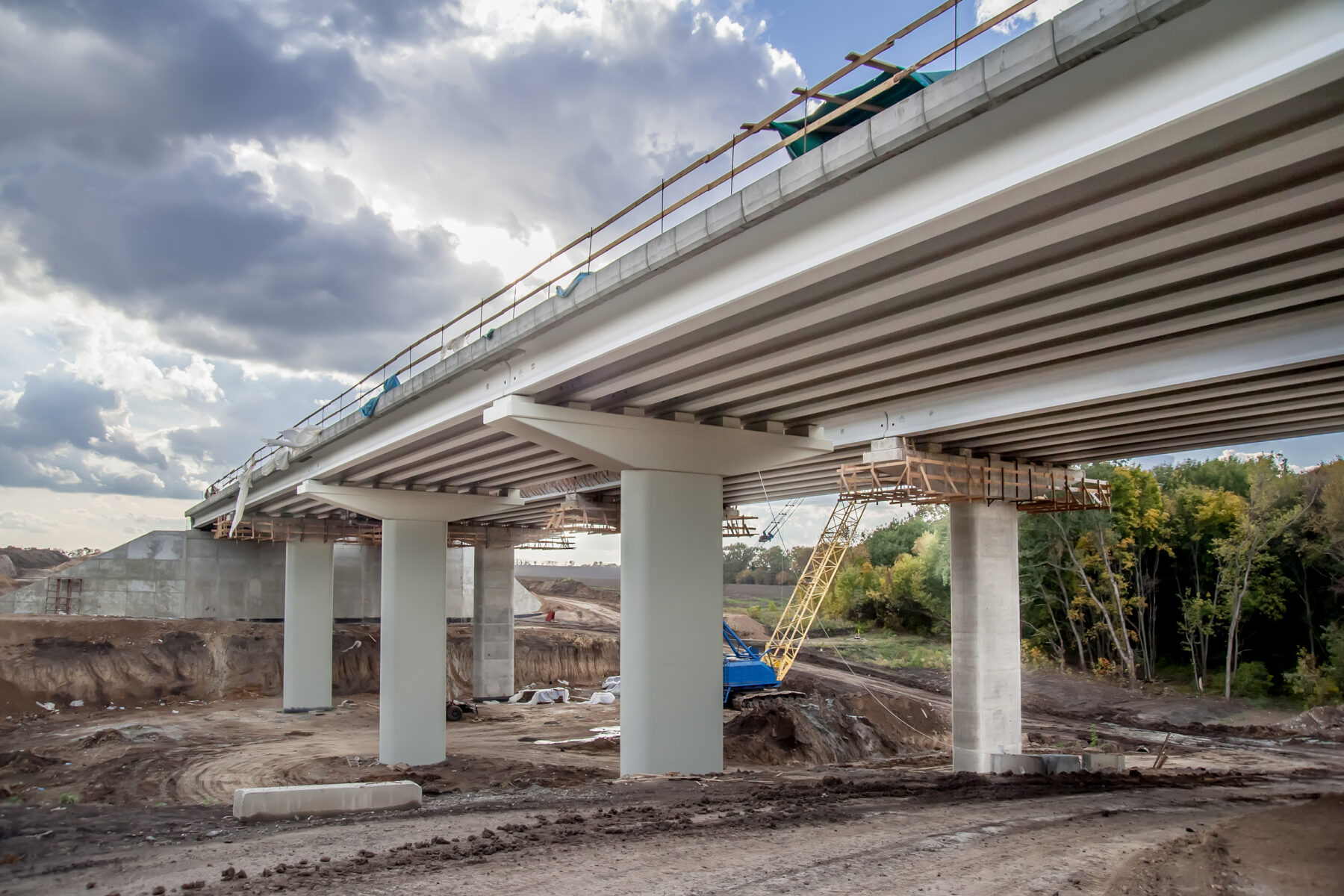High-Performance Concrete in Modern Bridge Deck Design
November 11, 2025

Modern bridge design reflects innovative engineering precision. It represents a balance between innovation, endurance, and environmental responsibility. The material at the center of this balance is high-performance concrete (HPC), recognized as a defining factor in bridge deck longevity and reliability. Its specialized composition allows it to withstand constant traffic loads, extreme weather shifts, and chemical exposure with minimal degradation over time. By combining advanced material science with field-tested strength, HPC has become the foundation of bridge decks engineered to last for generations.
Advancing Structural Reliability
Bridge decks endure some of the harshest conditions in civil engineering. Heavy traffic, temperature fluctuations, and deicing chemicals all challenge traditional concrete over time. High-performance concrete addresses these challenges through a precisely engineered mix that limits permeability and enhances tensile strength. By refining the ratio of cementitious materials, aggregates, and water, HPC achieves a dense, uniform matrix that resists cracking and chloride intrusion. The result is a material capable of maintaining structural integrity under the stresses of both weight and weather.
The reduced porosity of HPC plays a particularly vital role in bridge deck longevity. Water and chemicals that would typically penetrate and weaken conventional concrete are significantly slowed, protecting embedded steel reinforcement from corrosion. This quality translates directly to fewer repairs and extended service life, all critical benefits for high-traffic corridors where downtime is costly.
Engineering Efficiency and Performance
While strength defines the foundation of HPC, its performance advantages extend far beyond compression. The material’s carefully graded aggregates and optimized admixtures provide increased workability during placement, allowing contractors to achieve consistent finishes even in complex deck geometries. That combination of ease and precision reduces the risk of construction defects and supports faster project timelines.
Engineers also value the material’s predictable behavior under load. By minimizing shrinkage and thermal expansion, HPC reduces the risk of deck delamination and joint failure. These characteristics enhance compatibility between structural components, improving how bridge decks interact with girders, bearings, and expansion systems. Every element function in concert, promoting overall system efficiency and structural balance.
Sustainability Through Longevity
Sustainability in infrastructure is often measured by how long materials can perform without significant intervention. High-performance concrete delivers measurable gains in this area. Its durability reduces the frequency of rehabilitation, which in turn conserves resources, limits emissions from construction equipment, and minimizes traffic disruptions. Many HPC formulations also incorporate supplementary cementitious materials such as fly ash or slag, lowering the carbon footprint while maintaining high compressive strength.
In climates where freeze-thaw cycles and heavy salting are common, HPC further contributes to environmental stewardship by reducing material waste and chemical runoff associated with repairs. Its resilience ensures bridges maintain their functional and aesthetic quality for decades, supporting both sustainable design goals and public trust in infrastructure reliability.
The Foundation of Modern Bridge Engineering
Modern bridge deck design is defined by precision, performance, and endurance, all qualities that high-performance concrete consistently delivers. It offers the structural stability needed to handle ever-increasing loads, the chemical resistance to withstand harsh environments, and the workability that supports innovative design. As transportation networks expand and demands on infrastructure intensify, the adoption of HPC underscores a broader engineering shift toward materials that merge strength with sustainability.
Each bridge built with high-performance concrete stands as proof of what happens when science and construction align, which results in a structure that carries the weight of today’s demands, while simultaneously setting the standard for tomorrow’s progress.

